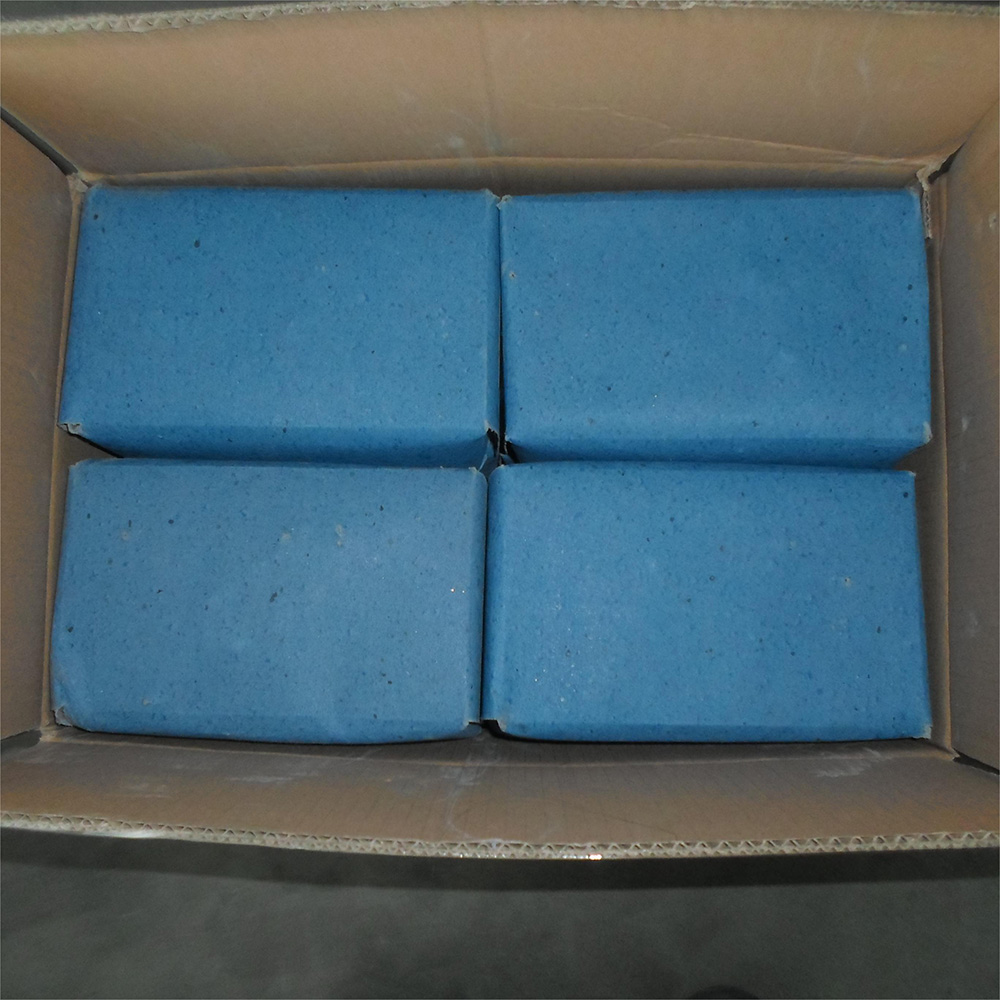Affordable Options for Chicken Wire Fencing Prices and Budget-Friendly Solutions
The Cost of Chicken Wire Fencing An In-Depth Look
When it comes to keeping livestock secure, particularly chickens, one of the most popular solutions is chicken wire fencing. This type of fencing is not only affordable but also effective in providing a safe environment for your birds. However, understanding the various factors that influence the cost of chicken wire fencing is essential for making an informed decision.
What is Chicken Wire?
Chicken wire, also known as poultry netting, is typically made from galvanized steel wire that is woven into a hexagonal pattern. It is lightweight yet sturdy, which makes it ideal for creating enclosures for chickens and other small animals. While it’s called chicken wire, this material can also be used for a variety of purposes, including gardening, crafting, and even for decorative purposes.
Pricing Factors
The price of chicken wire fencing can vary significantly based on several factors
1. Material and Quality The quality and gauge of the wire play a significant role in determining the price. Thicker wire, while more expensive, will be more durable and resistant to wear and tear. Cheaper, thinner versions may be suitable for temporary enclosures but may not stand the test of time, especially with large or aggressive birds.
2. Height and Width Chicken wire typically comes in rolls of various heights and widths, from 3 feet to 6 feet or more. The price will increase with the height, as taller fencing provides better security against predators. Additionally, wider rolls might be more cost-effective for larger installations.
3. Purchase Volume Buying in bulk is often cheaper on a per-roll basis. If you are fencing a large area, consider purchasing larger quantities to save on overall costs. Some suppliers offer discounts for bulk orders, which can make a significant difference in your budget.
chicken wire fence price

4. Geographical Location The cost of chicken wire can vary based on the region. In rural areas where farming is prevalent, prices may be lower due to higher availability. Conversely, urban areas may mark up the cost due to shipping and limited availability.
5. Installation Costs While the wire itself is relatively inexpensive, do not overlook the potential installation costs. If you plan to install the fencing yourself, you can save on labor costs. However, if you prefer to hire professionals for installation, this can significantly increase your total expenses.
Average Price Range
On average, chicken wire fencing can range from $0.50 to $2.50 per linear foot, depending on the factors mentioned above. For a small backyard chicken coop, you might spend between $100 to $300 just for the wire itself. If you include additional materials such as posts, gates, and tools for installation, your total can rise considerably.
Additional Considerations
While the initial costs of chicken wire fencing may seem low, it’s important to consider the long-term investment. Regular inspections for damages, rust, or wear are necessary to maintain the integrity of the fencing. Investing in high-quality materials may have a higher upfront cost but can save money in the long run by reducing the need for frequent replacements.
Conclusion
In summary, the price of chicken wire fencing is influenced by various factors including material quality, height, geographical location, and installation costs. Understanding these factors will help you make informed decisions, ensuring that you provide a safe environment for your chickens while staying within your budget. With careful planning and consideration, chicken wire fencing can be a cost-effective solution for poultry enthusiasts.
-
Space-Saving Chain Fence Hacks Vertical Gardening with Cyclone MeshNewsJul.16,2025
-
Innovations in Iron Nail Wire Production for Modern ConstructionNewsJul.16,2025
-
Creative Uses of Wire Netting Fence in Modern Landscape DesignNewsJul.16,2025
-
Barbed Wire Fence Innovations in Anti-Climb TechnologyNewsJul.16,2025
-
Architectural Uses of Umbrella Nails for Aesthetic Roof DesignsNewsJul.16,2025
-
Architectural Uses of Razor Barbed Wire in Secure Urban DesignNewsJul.16,2025




